Enhancing Apple Vision Pro Performance in Low Light Conditions
The Apple Vision Pro, Apple's groundbreaking foray into augmented reality (AR) headsets, has garnered significant attention for its advanced features and capabilities.
Yet, like many sophisticated technologies, it faces challenges when used in suboptimal conditions, especially in low light. This article delves into innovative strategies for improving Apple Vision Pro performance in low light conditions, ensuring users can enjoy seamless, high-quality experiences regardless of the ambient lighting.
Understanding the Challenges of Low Light Environments
Low light conditions present unique challenges to technologies reliant on optical sensors.
The Apple Vision Pro, which employs a combination of cameras, sensors, and advanced algorithms, requires adequate light to accurately capture and interpret the surrounding environment. In poorly lit situations, these sensors may struggle to maintain precision, potentially resulting in glitches or reduced augmented reality experiences. Key issues include noise interference, decreased image contrast, and compromised depth perception. Overcoming these challenges requires a blend of technological innovation and user adaptability.
Leveraging Advanced Sensor Technology
To counter the limitations posed by low light, the integration of highly sensitive sensors and smart algorithms is paramount.
New advancements in CMOS sensor technology allow for improved light capture without significant noise, which translates to clearer images and reliable AR enhancements. Furthermore, implementing infrared sensors capable of detecting structures in darkness could vastly improve the user experience. Manufacturers are expected to incorporate machine learning algorithms capable of dynamically adjusting the exposure and sensitivity of these sensors to suit varying lighting conditions.
Optimizing Software for Enhanced Performance
Beyond hardware improvements, optimizing the software running the Apple Vision Pro plays a critical role in enhancing low light performance.
Real-time image processing algorithms can reduce noise and enhance contrast, while sophisticated machine learning techniques could predictively improve image clarity by learning from the user's typical environmental interactions. Such software optimizations ensure that even in less than ideal lighting, the Apple Vision Pro continues to deliver a fluid AR experience.
Practical User Solutions
While waiting for technological enhancements, users can adopt several practices to maximize their Apple Vision Pro use in low light.
Simple adjustments like adding ambient lighting sources or using reflective surfaces to increase available light can make a significant difference. Moreover, the industry could benefit from educating users about optimal usage environments through interactive tutorials and guides embedded within the device system. Encouraging experimentation with device settings to learn how best to compensate for poor lighting scenarios is also invaluable.
In conclusion, while low light conditions pose challenges to AR devices like the Apple Vision Pro, advancements in both hardware and software, coupled with practical user adjustments, can significantly enhance performance.
By focusing on technological innovation and user adaptation, the Apple Vision Pro can realize its full potential, providing users with exceptional experiences anytime, anywhere.
When writing your blog posts, keep in mind that high-quality content with a balance of well-researched details and user-friendly language makes for a compelling read. Supporting your claims with credible sources and continuously updating your content strategy will help maintain relevance and authority in the ever-evolving field of technology.



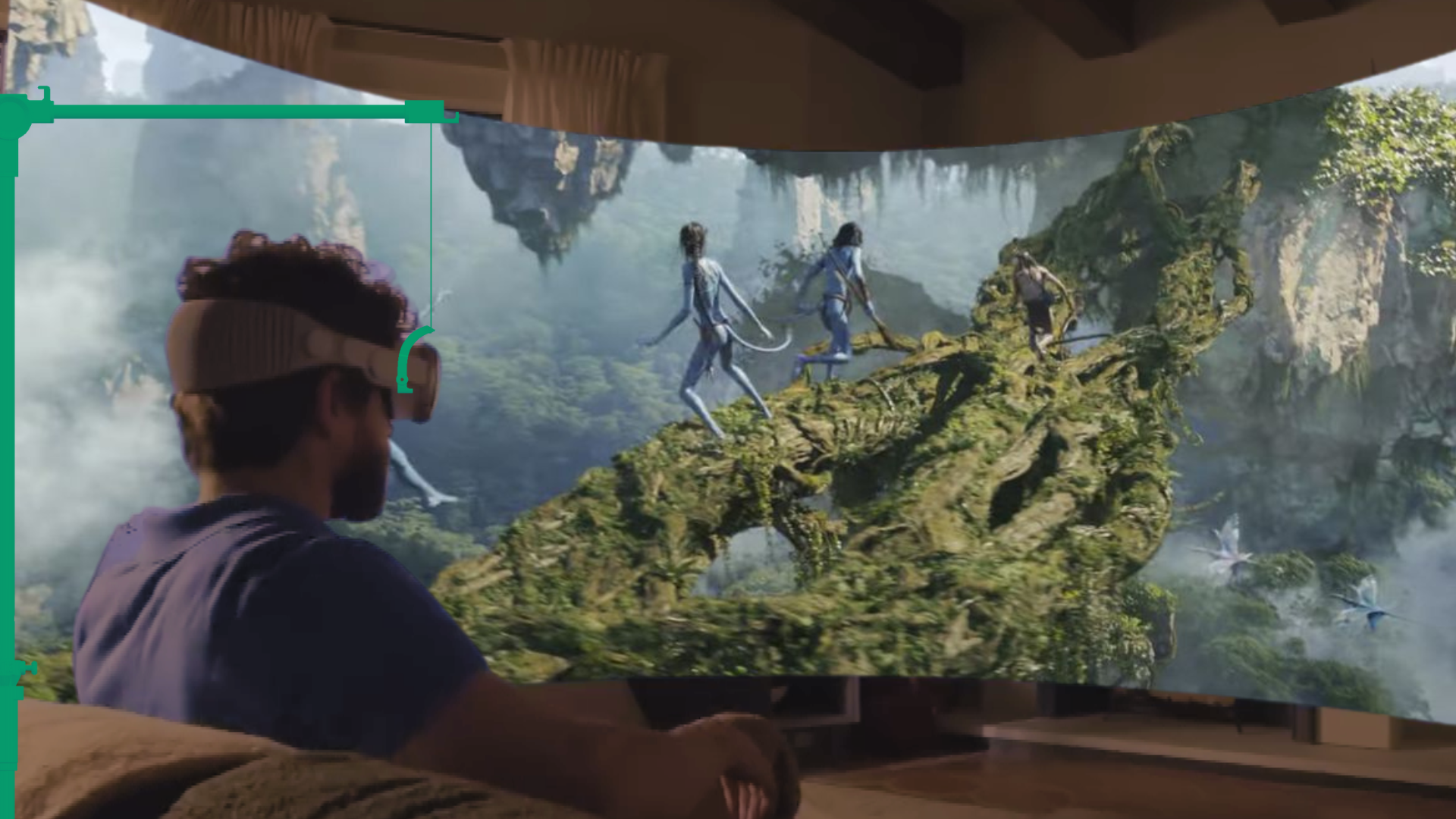
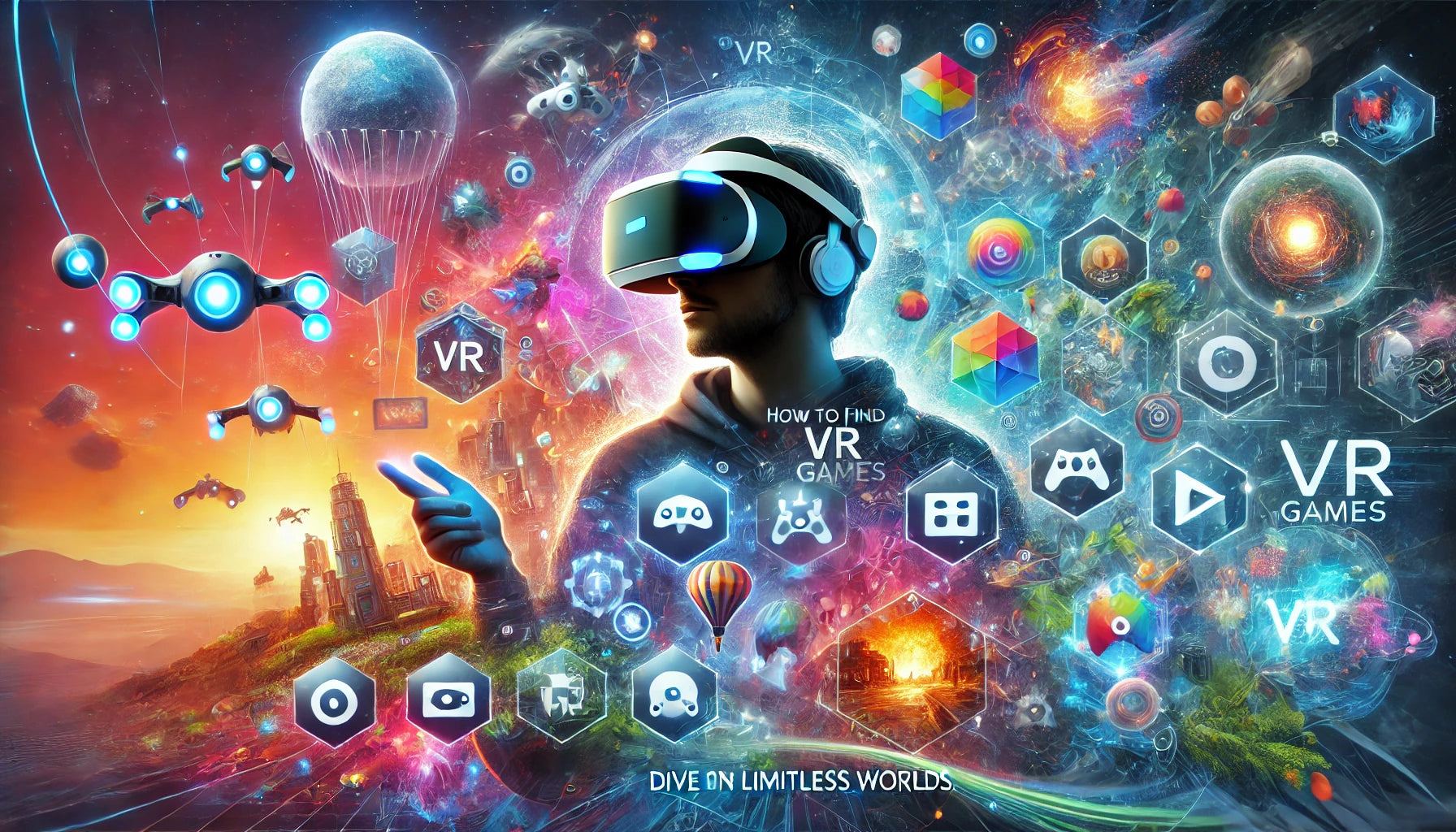
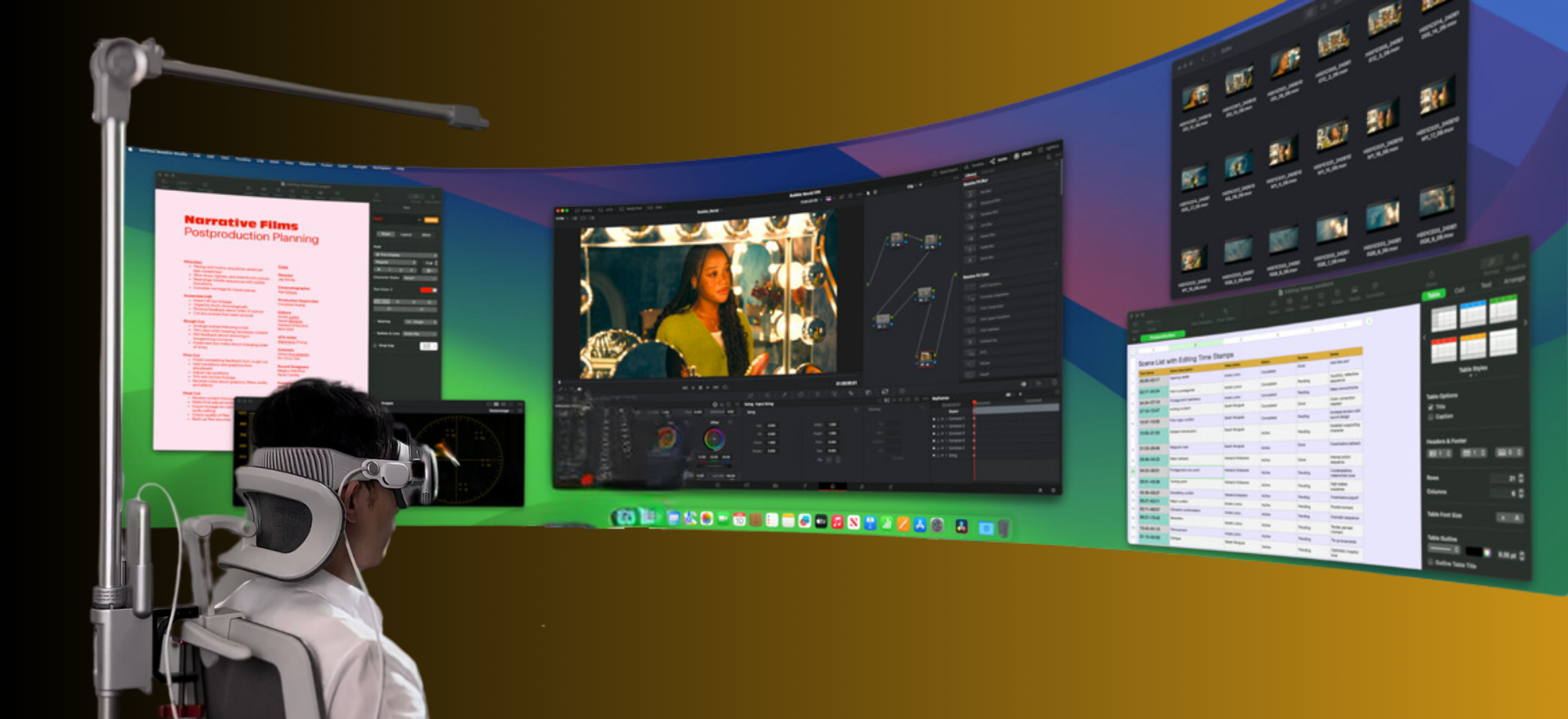
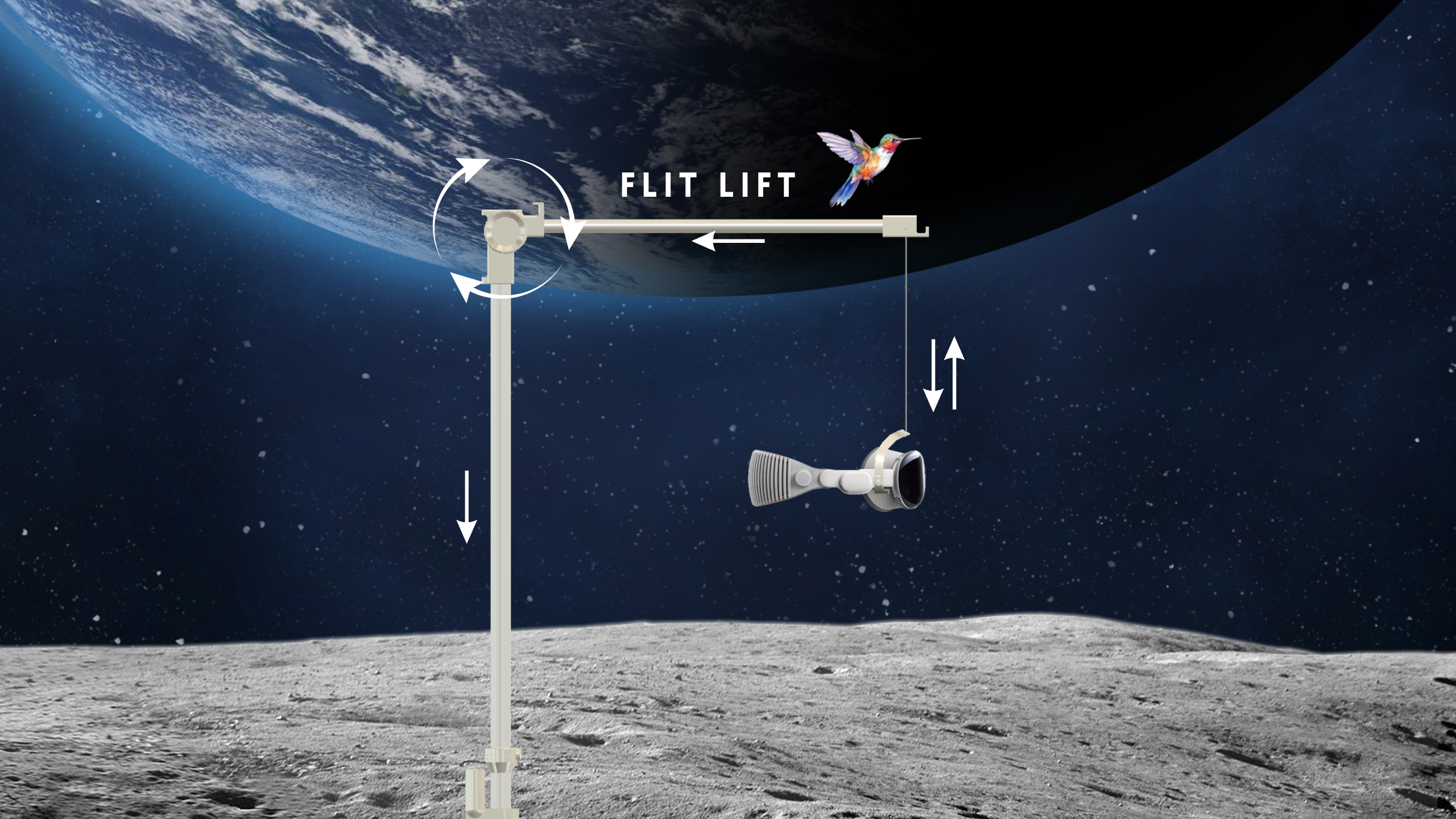
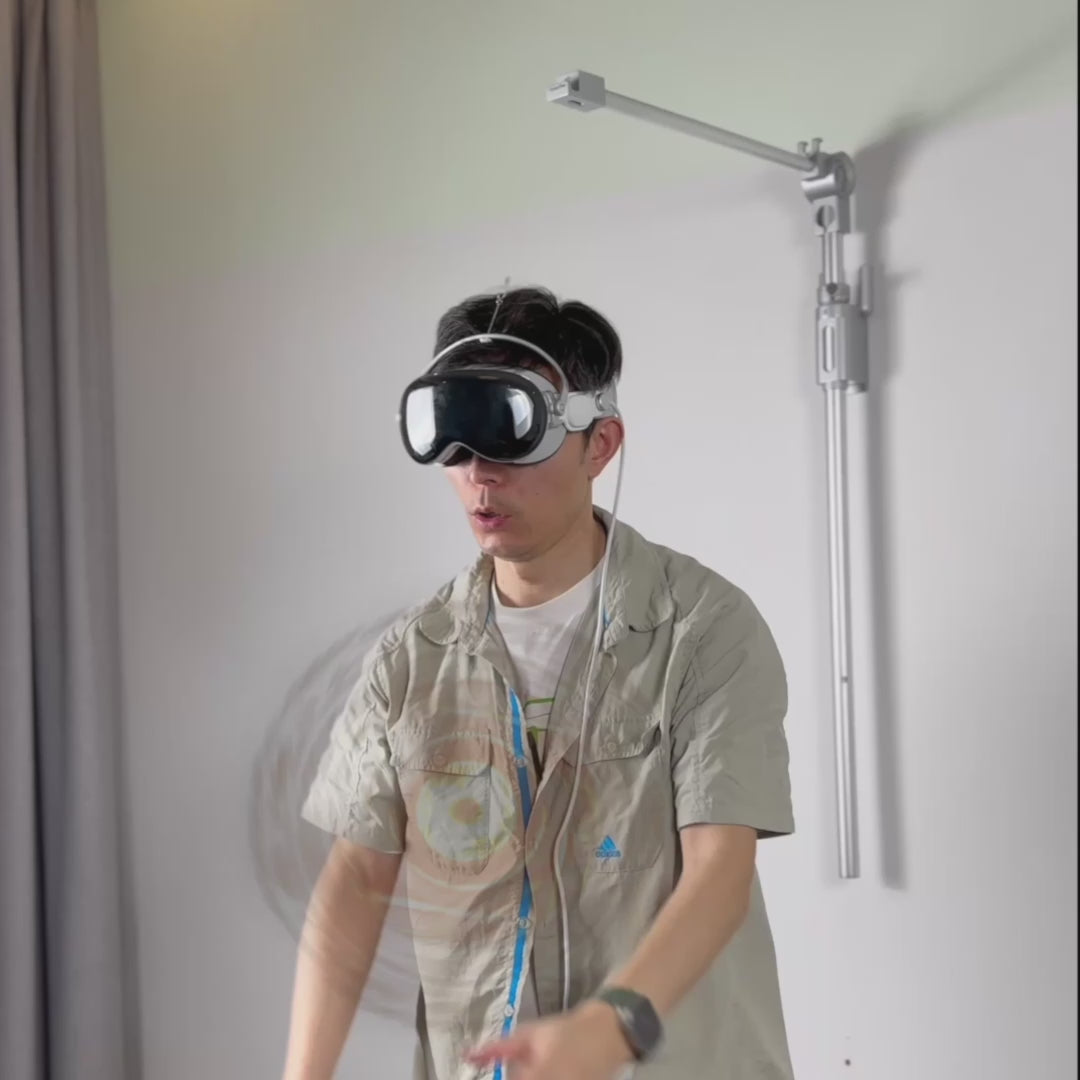
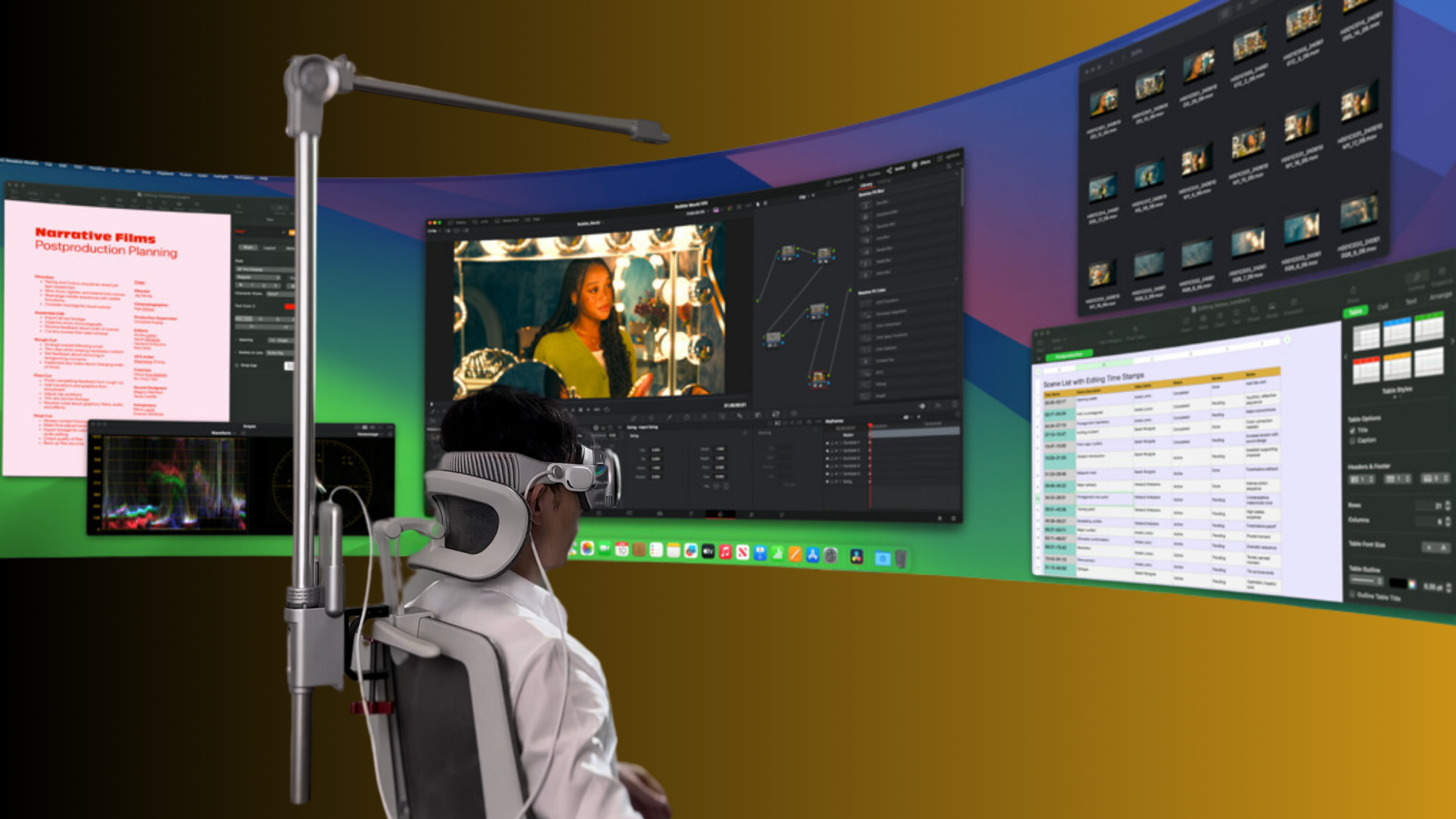
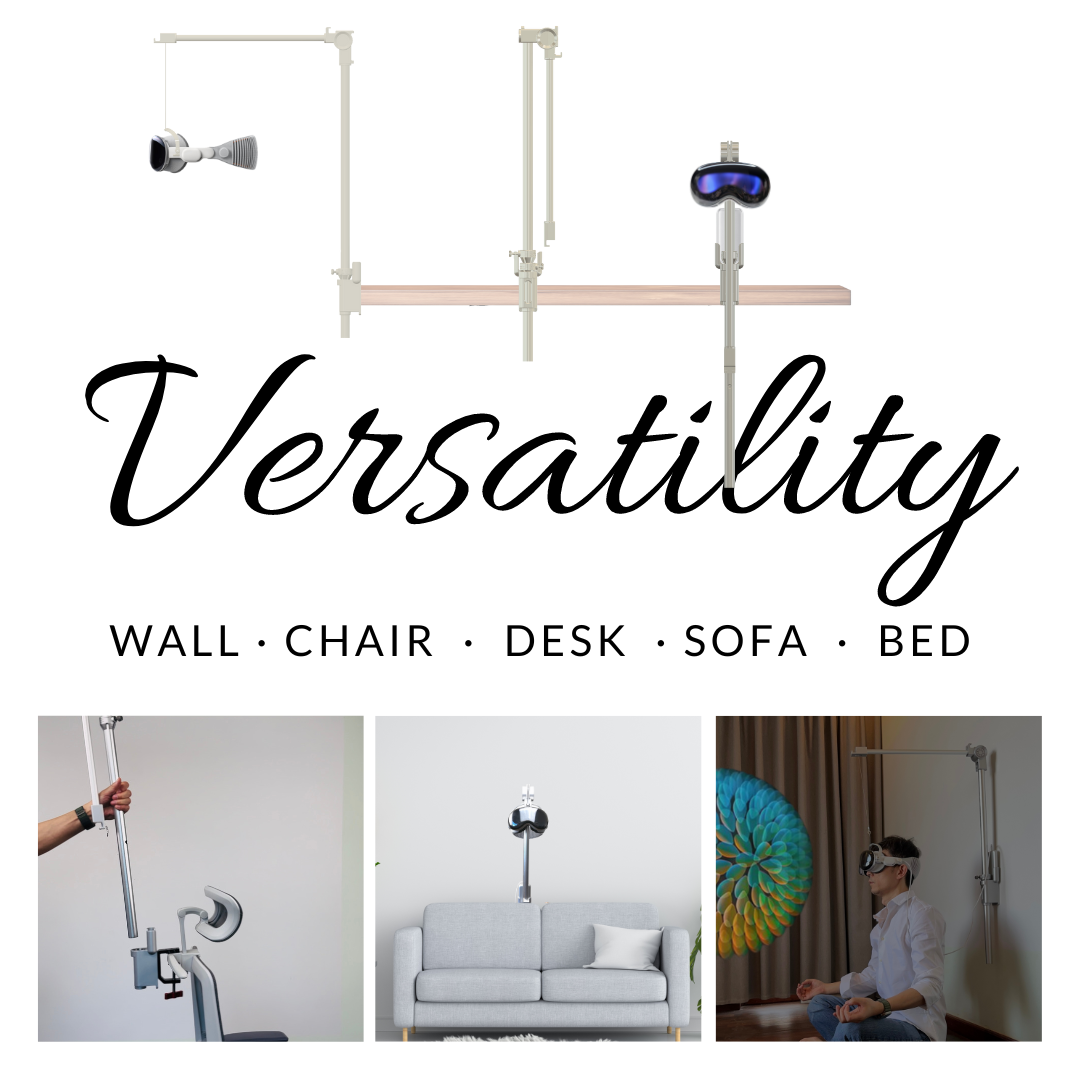
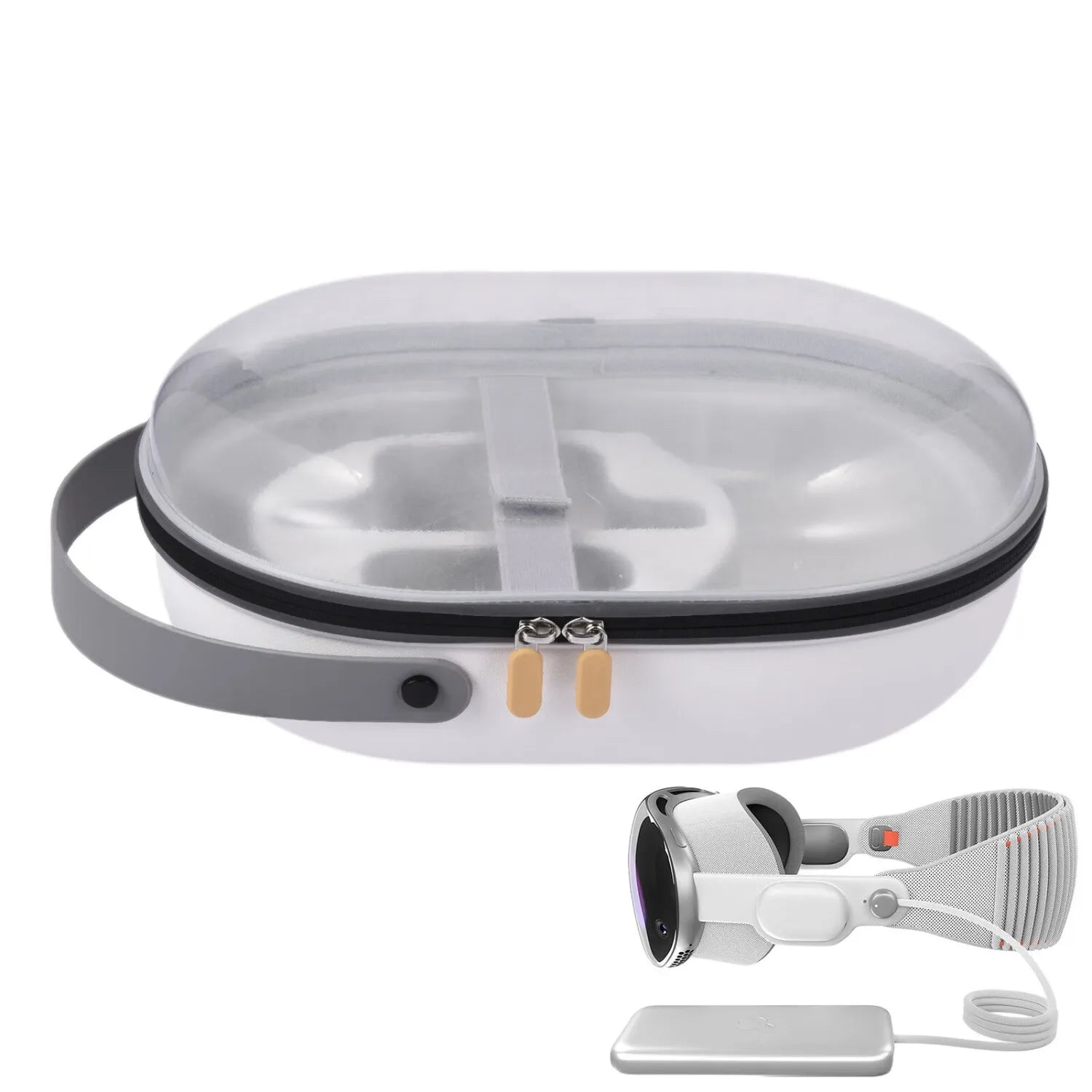
Compartir:
Improving Apple Vision Pro Performance in Low Light Conditions
Improving Apple Vision Pro Performance in Low Light Conditions